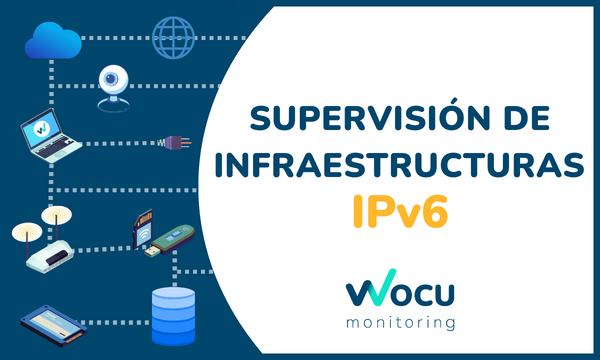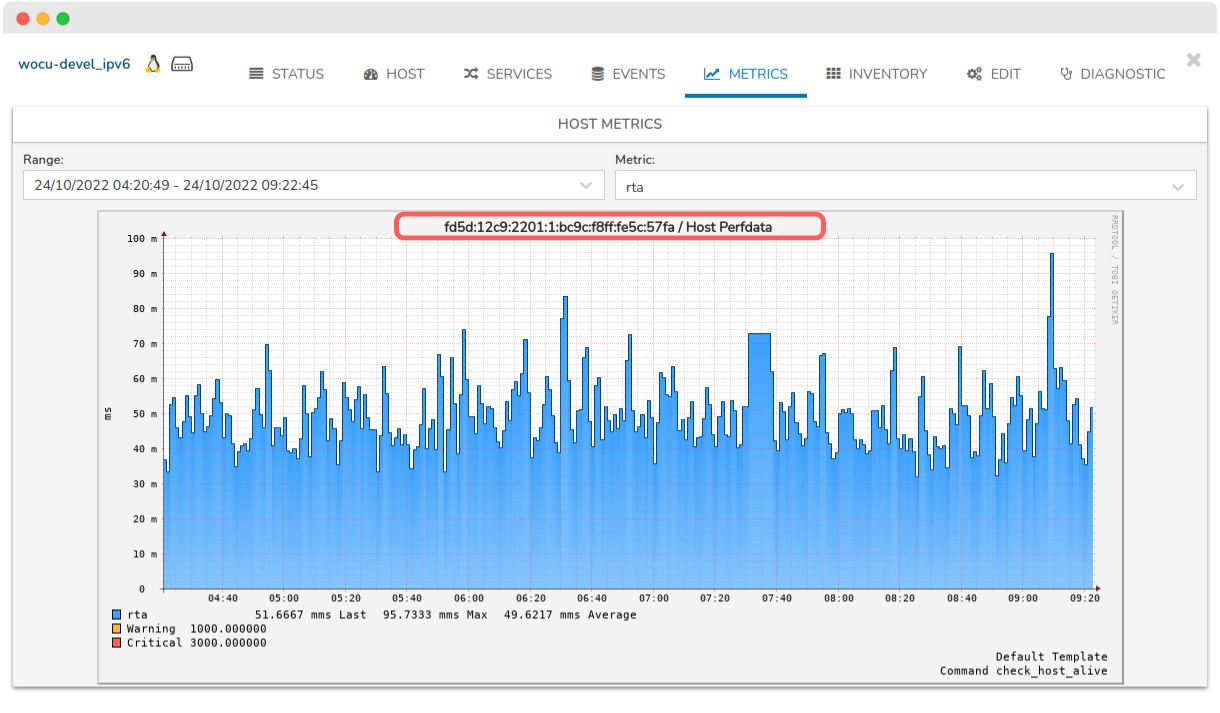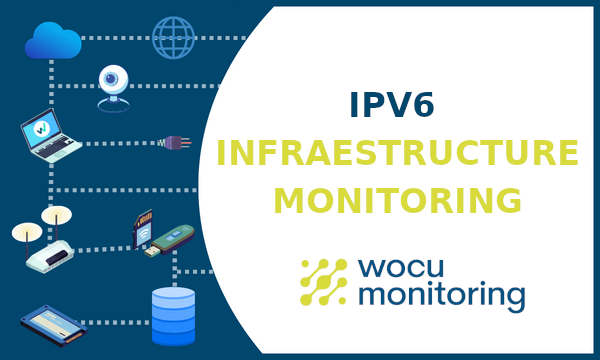 A Bit of History
A Bit of History
Already by the late nineties, it was observed that the growth rate of the Internet and the number of devices connected to the network would lead to an IP address shortage.
In 1998, over 20 years ago, the IETF defined a protocol to replace IPv4, called IPv6. The reason for creating this new protocol was to address some of the issues with IPv4, mainly the limited number of available IP addresses.
As with any new protocol, tests began and problems that arose were addressed from that moment on. Organizations and conferences were established worldwide to share efforts and results. However, large companies, both access providers and content generators, always had something more prioritized to allocate resources to, and the optimization of the IPv6 protocol took several years to materialize.
One of the wonders of the Internet is also one of the main problems that makes it difficult to address a standard change. Each network operator is free to do whatever they want within their network, as long as they respect the communication protocol, they can be connected to the rest of the world. This allows all kinds of networks to coexist on the Internet, but at the same time, it prevents creating a solution that applies to everyone, since each operator has to address its own internal migration.
The most commonly adopted method is the dual-stack, enabling the network to communicate through both IPv4 and IPv6. This way, it’s possible to advance with the implementation of the latter without the need for a drastic change that could cause massive communication errors.
The implementation of IPv6 continues its slow path, and over the past years, major access and content provider companies have already offered IPv6 enabled by default. It’s now up to the rest of the companies to do their homework and adapt their networks and products to the new protocol.
Monitoring Devices in IPv6
At WOCU-Monitoring, we have done the necessary work to monitor devices via IPv6. This means that we are now capable of checking availability and obtaining all kinds of metrics from devices that use this protocol.

Both the graphical configuration interface of WOCU-Monitoring and the checks used in the Monitoring Packs already support the configuration of IPv6 addresses, and no additional parameters or configuration windows are necessary. You just need to configure a WOCU-Monitoring interface on the network where the IPv6 devices to be monitored are located. All other actions and configurations are exactly the same as for IPv4; you simply need to configure the corresponding address for each asset.
Achieving compatibility with IPv6 required several development tasks. On the one hand, the graphical interface and configuration files of WOCU-Monitoring had to be adapted to support IPv6 addresses, and on the other hand, a significant amount of reprogramming and patching of libraries and scripts used throughout the pack catalog had to be carried out.
Modifications have been made to the packs that collect metrics through SNMP and SSH protocols, which constitute the vast majority of packs in the offered catalog. Other protocols that WOCU-Monitoring uses to monitor devices are in progress (NRPE agents, WMI, manufacturer APIs, etc.)
The availability check host_alive performed via the ICMP protocol is also supported with IPv6 addressing.





